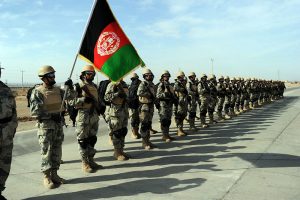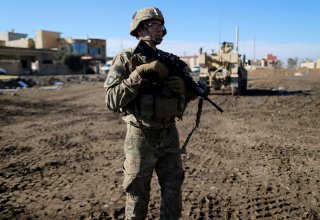By Ezzatullah Mehrdad

In a luxury hotel in Doha, Qatar, negotiators representing the Afghan government and the Taliban resumed peace talks this week after a long pause. During the month-long pause in peace talks, killings surged in Afghanistan even as a new administration in the United States shaped its policies toward the long-running conflict.
The Afghan peace talks went to a break in late December last year. The Taliban met the Afghan government negotiators once in early January 2021, then the talks stalled. The Afghan peace talks were scheduled to resume in early January 2021, but Taliban negotiators were absent until late February.
Meanwhile, in the United States President Joe Biden took over on January 20. Now as the peace talks resume, some of the Biden administration’s policies are emerging. The administration has signaled a tougher approach toward the Taliban and friendlier ties with the Afghan government.
Mohammad Naim, a Taliban negotiator, said that the talks on the night of February 22 were held in a “good atmosphere.” He added that both sides “emphasized a resumption of peace talks.”











/cloudfront-us-east-1.images.arcpublishing.com/mco/IMKLXU5OCNC3VA34V6YYW3UZ2U.jfif)


